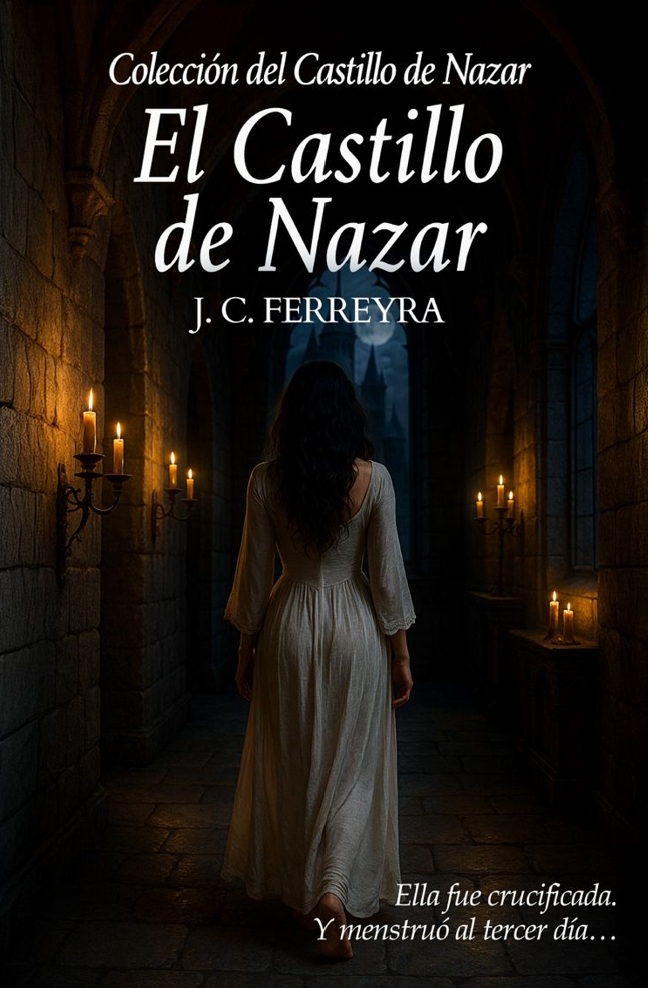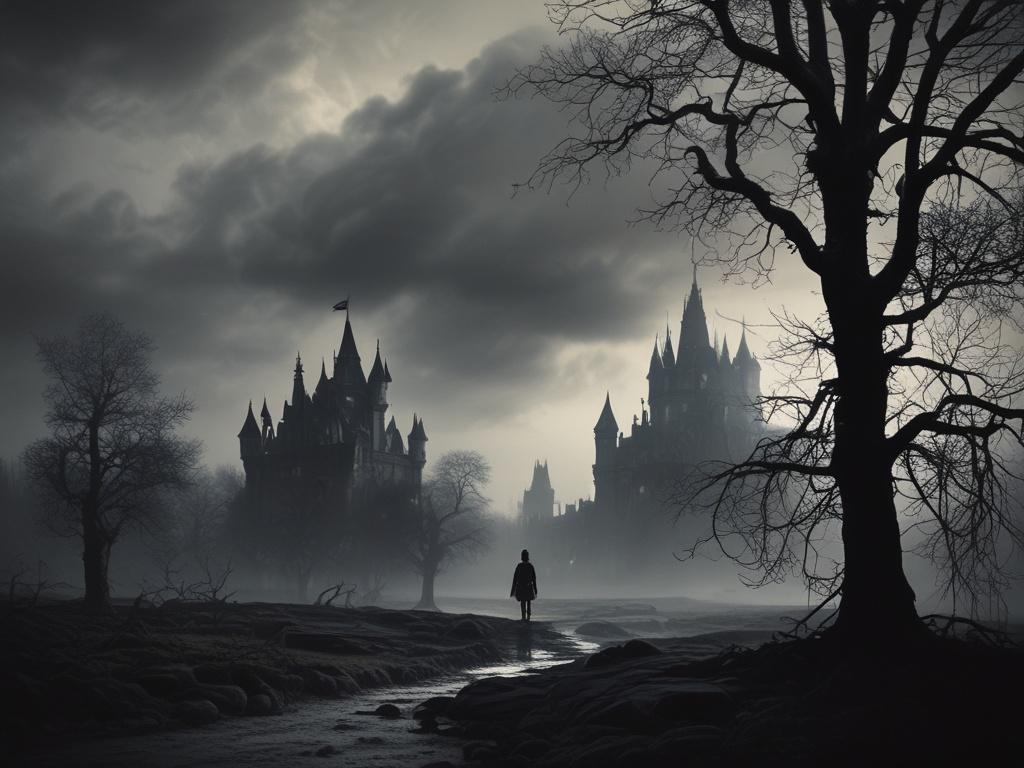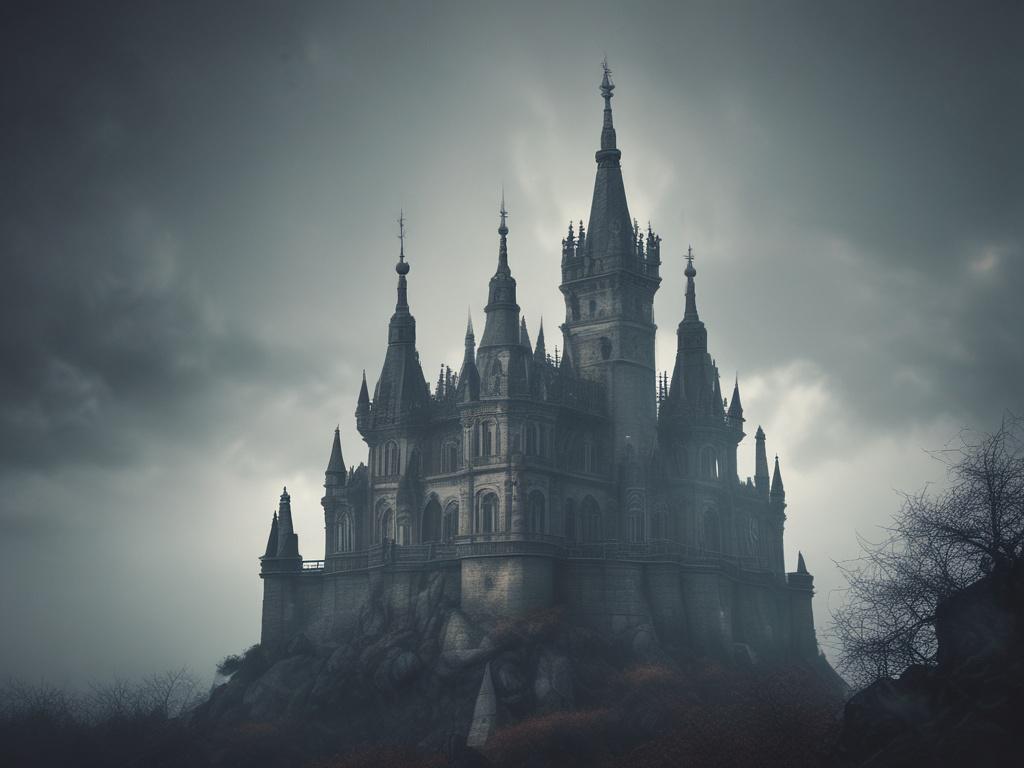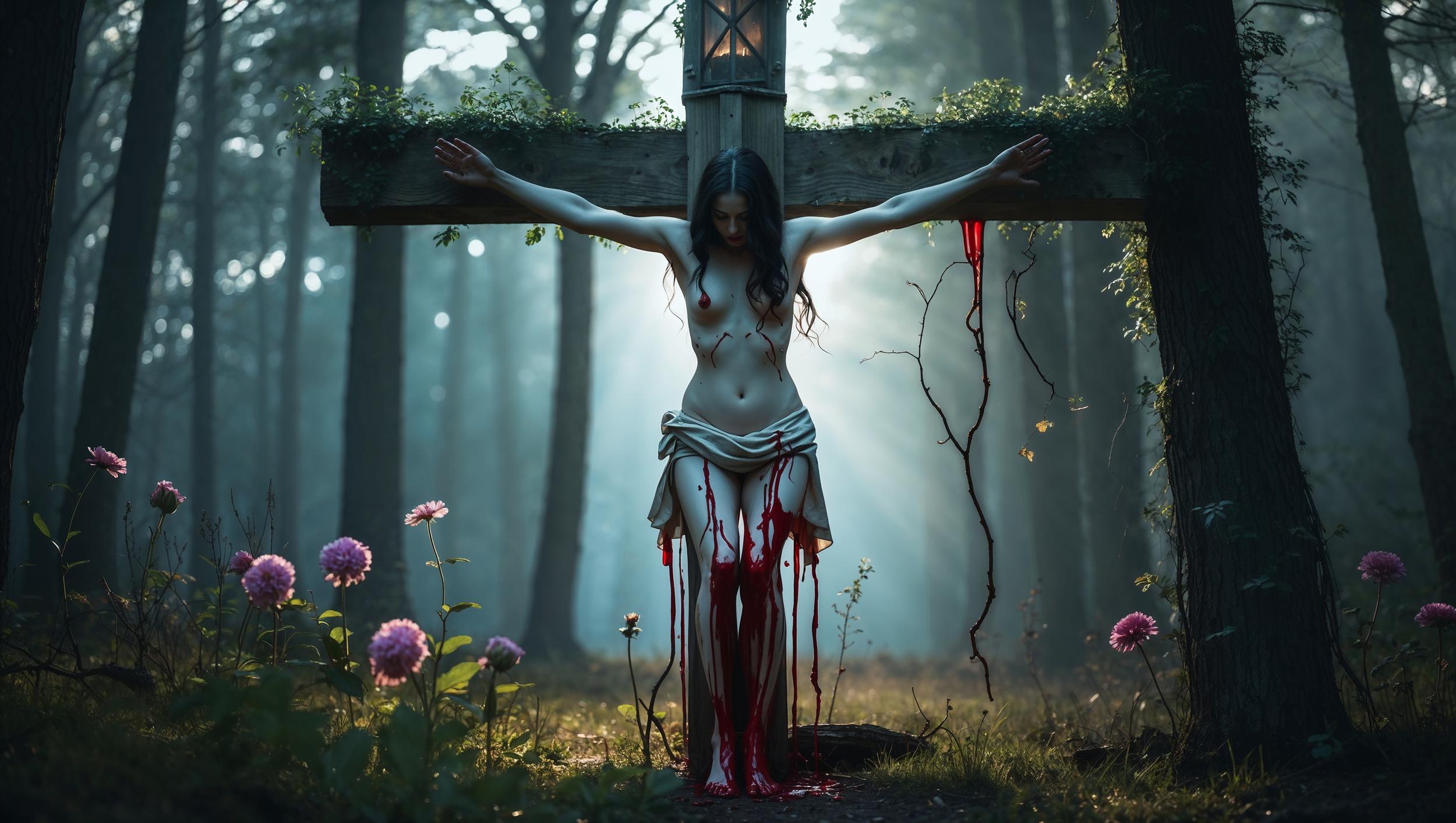
The castle operates under the mysterious guidance of several enigmatic figures:
Sade, the main leader who seems to serve as the spiritual counselor and primary caretaker of the isolated ones;
Milan, the scientist who created COVID, now on the run;
Jack, a mexican researcher that is believed to have been discovered long ago the real matrix theory;
The aislados (isolated ones), the prople who chose to escape from the real world using the 'night escape' option.
And Later in the story you will meet fascinating and mysterious characters dwelling in hidden chambers and observing the inhabitants' psychological and spiritual development.

The narrative structure employs flashbacks to reveal each character's traumatic backstory, creating a tapestry of human suffering and the desperate need for redemption.
The Castle itself functions as both literal refuge and metaphysical testing ground, where inhabitants discover they cannot simply leave—attempts to escape result in strong punishments, suggesting the Castle operates under its own otherworldly laws.
The story reaches its theological and symbolic peak in a shocking scene in which Sade gets crucified in a ritual that mirrors the Passion narrative.

Ferreyra employs rich symbolism drawn from Christian theology, medieval literature, and Jungian psychology to create a work that functions simultaneously as gothic horror, spiritual allegory, and psychological exploration of guilt, redemption, and the human desire for transformation.
The Nazar Castle itself becomes a character —a living entity that feeds on human secrets and suffering while offering the possibility of spiritual purification through isolation and eventual sacrifice.
The work establishes the foundational mythology for Ferreyra's larger saga, introducing themes of voluntary disappearance, supernatural transformation, and the price of transcendence that will echo through subsequent volumes in the collection.
